Health Consciousness
The increasing awareness of health and wellness among consumers appears to be a primary driver for the Rice Milk Market. As individuals seek alternatives to dairy products, rice milk is often perceived as a healthier option due to its low fat content and absence of lactose. This trend is supported by data indicating that the plant-based milk segment, which includes rice milk, has been experiencing a compound annual growth rate of approximately 10%. Consumers are increasingly opting for rice milk as a source of vitamins and minerals, such as calcium and vitamin D, which are often fortified in these products. The Rice Milk Market is likely to benefit from this growing health consciousness, as more people prioritize dietary choices that align with their wellness goals.
Sustainability Focus
The Rice Milk Market is witnessing a notable shift towards sustainability, driven by consumer preferences for environmentally friendly products. Rice milk, being plant-based, is often viewed as a more sustainable alternative to traditional dairy milk, which has a higher carbon footprint. The production of rice milk typically requires less water and land compared to dairy farming, making it an appealing choice for eco-conscious consumers. Recent studies suggest that the demand for sustainable food products is on the rise, with a significant percentage of consumers willing to pay a premium for products that align with their values. This focus on sustainability is likely to propel the growth of the Rice Milk Market as brands increasingly emphasize their commitment to environmentally responsible practices.
Innovation in Flavors and Formats
Innovation within the Rice Milk Market is becoming increasingly evident as manufacturers explore diverse flavors and formats to attract a broader consumer base. The introduction of flavored rice milk, such as vanilla, chocolate, and even matcha, caters to varying taste preferences and enhances the overall appeal of the product. Additionally, the availability of rice milk in convenient formats, such as single-serve packaging, is gaining traction among busy consumers seeking on-the-go options. Market data indicates that flavored plant-based beverages are experiencing a surge in popularity, with consumers showing a willingness to experiment with new taste experiences. This trend of innovation is likely to drive the Rice Milk Market forward, as brands strive to differentiate themselves in a competitive landscape.
Vegan and Plant-Based Diet Trends
The ongoing trend towards vegan and plant-based diets is a significant driver for the Rice Milk Market. As more consumers adopt plant-based lifestyles for health, ethical, or environmental reasons, the demand for dairy alternatives, including rice milk, is expected to rise. Research indicates that the plant-based food market is projected to grow substantially, with a notable increase in the consumption of plant-based milk products. This shift towards veganism is not merely a fad; it appears to be a lasting change in consumer behavior. The Rice Milk Market stands to gain from this trend, as it aligns perfectly with the values of those seeking plant-based dietary options.
Dietary Restrictions and Allergies
The Rice Milk Market is significantly influenced by the rising prevalence of dietary restrictions and allergies among consumers. Individuals with lactose intolerance or dairy allergies often seek alternative milk options, and rice milk serves as a suitable substitute due to its hypoallergenic properties. The increasing diagnosis of lactose intolerance, particularly among certain demographics, has led to a growing consumer base for rice milk. Data suggests that a substantial portion of the population is actively seeking dairy alternatives, which positions rice milk as a favorable choice. This trend is likely to continue, as awareness of dietary restrictions expands, further propelling the growth of the Rice Milk Market.
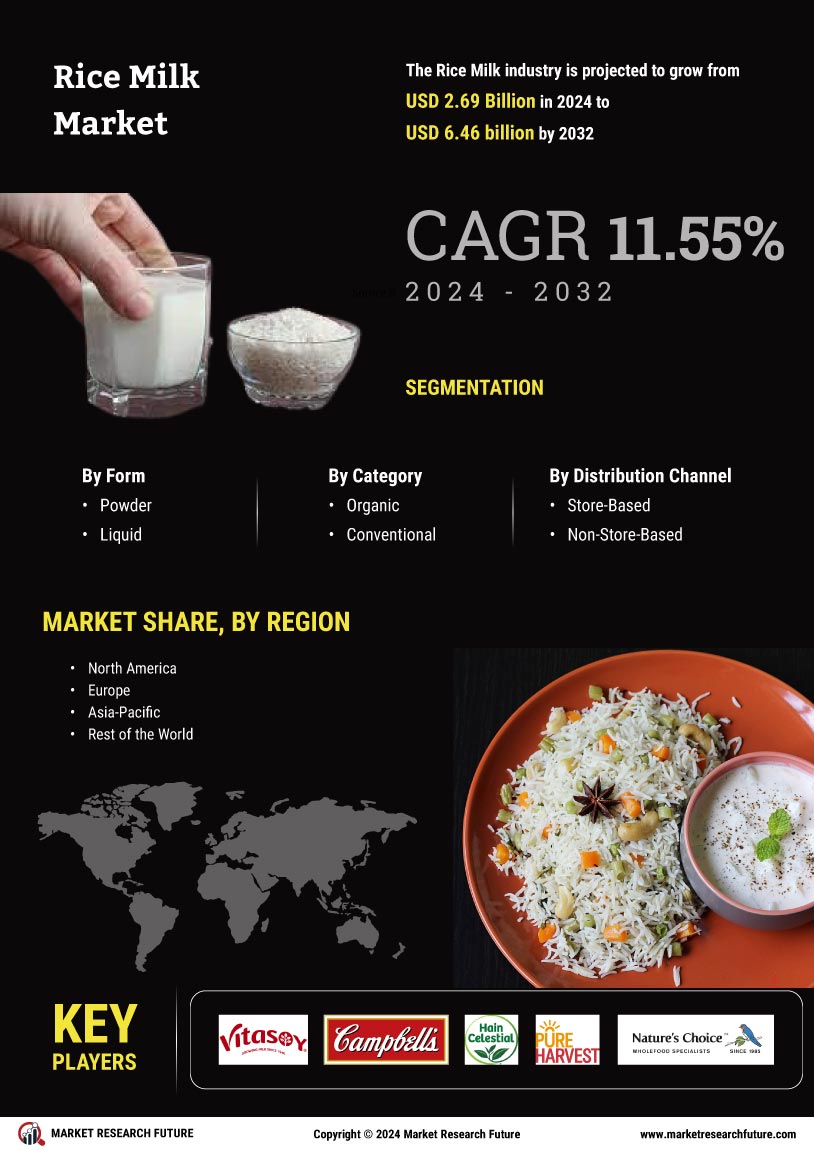

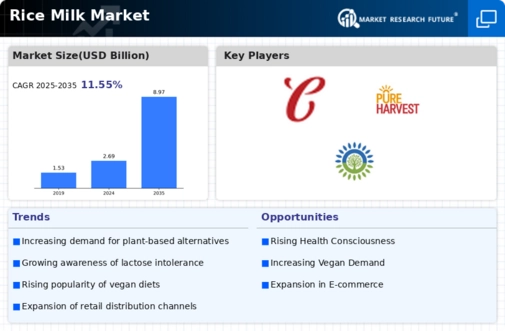
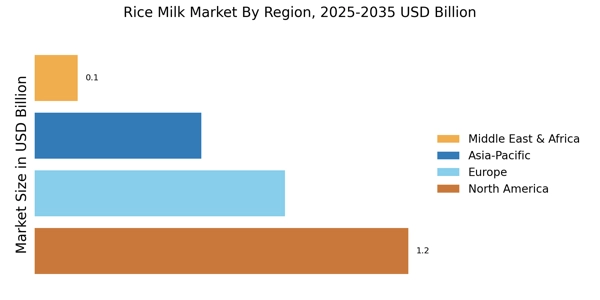
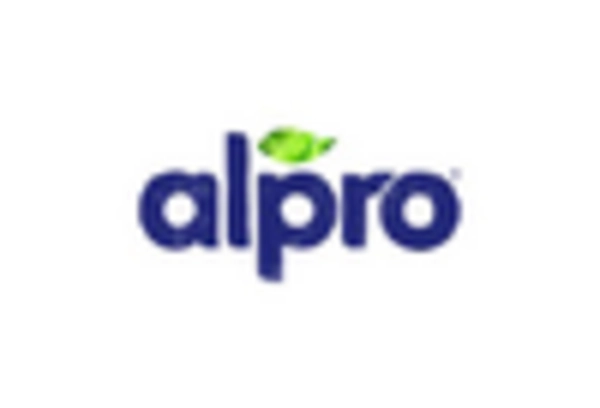

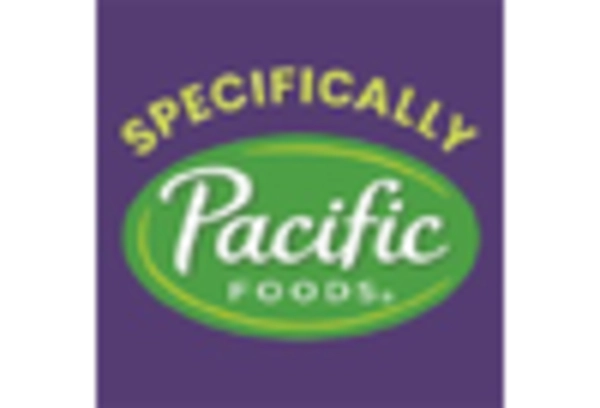
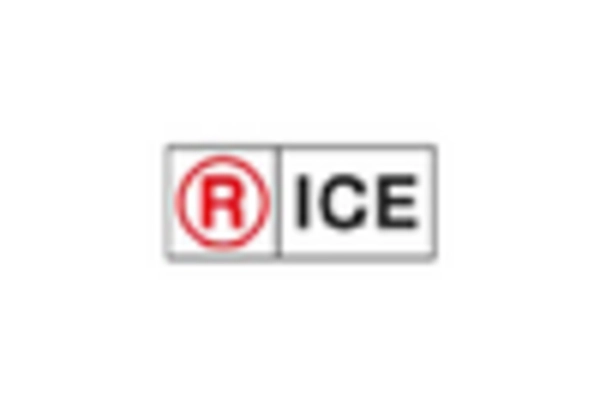
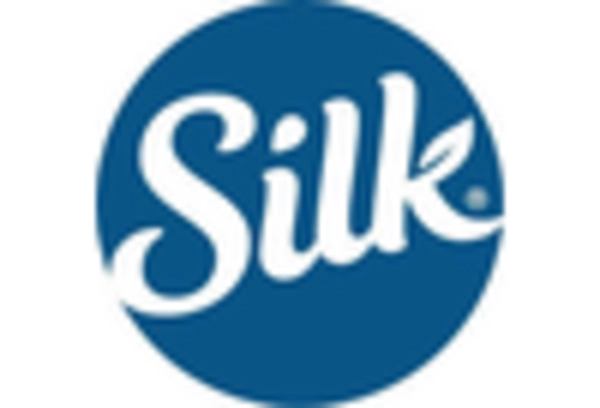
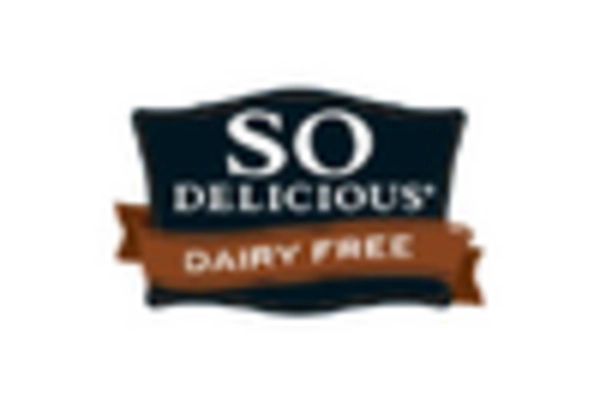








Leave a Comment